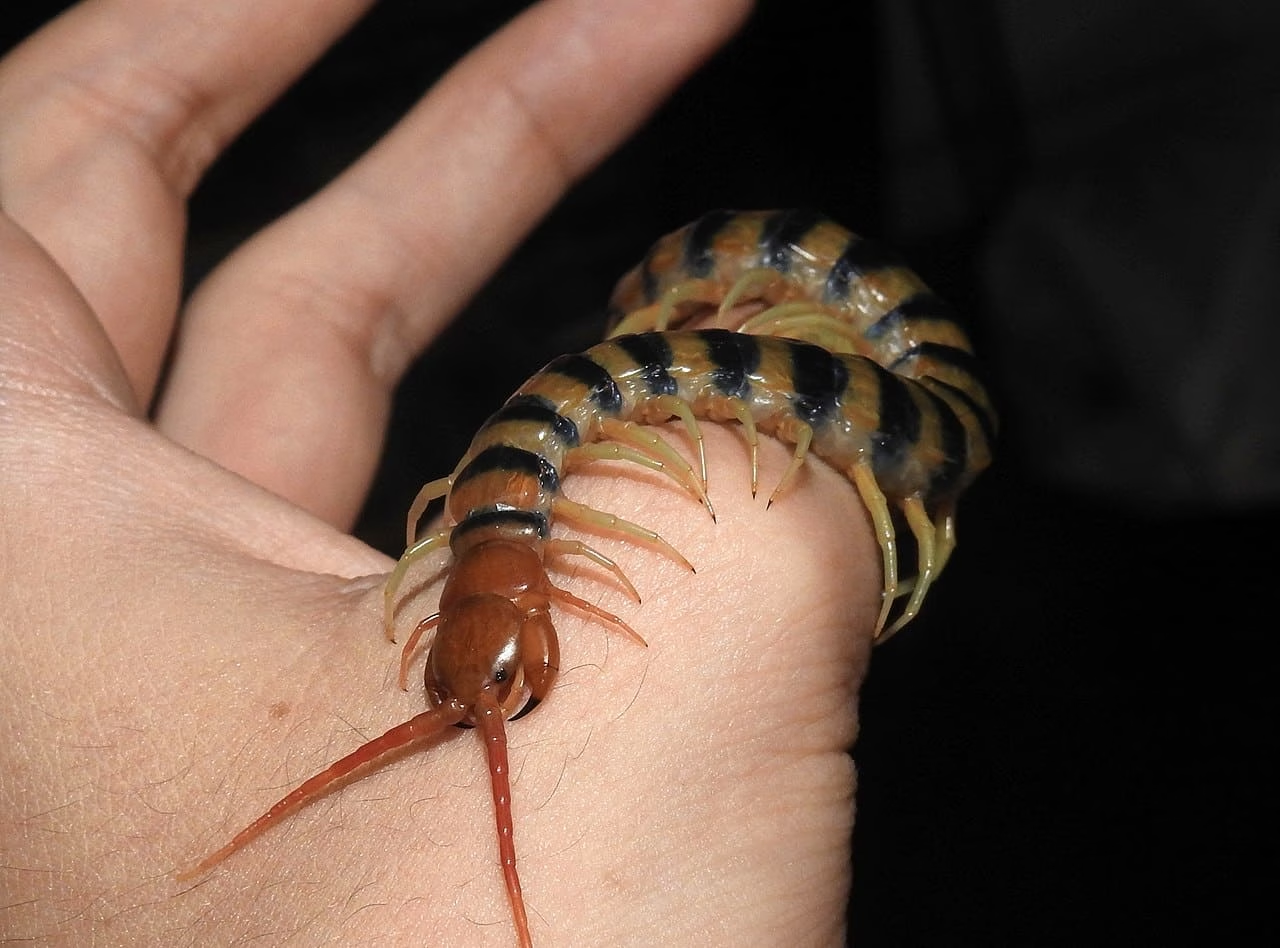Scientists say that scolopendra species Scolopendra morsitansSpecies living in many parts of the world can change the composition of the poison depending on its intended use (attacking prey or protecting against predators). The discovery indirectly suggests that the venom of other animals may be more complex than previously thought.
Centipedes are a large group of arthropods, numbering approximately 12,000 species, including scolopendra. Scolopendra morsitans. Appearing on the planet more than 400 million years ago, these creatures were among the first to actively use poison to immobilize their prey (crickets, cockroaches, and other small animals). However, centipedes themselves can fall victim to someone, so they also need poison for protection.
Learn more about the poisonous “arsenal” S. morsitans Scientists from the University of Queensland (Australia) in collaboration with colleagues from the University of Oslo (Norway) decided. Their joint article was recently published in the journal. Nature Ecology and Evolution.
Besides the usual way of taking the poison, whose secretion is caused by electrical stimulation, the researchers used another method. Scolopendra had to bite a paraffin-coated test tube, simulating an attack on them. Later experiments and analyzes of the toxins showed that the poison accumulates in different ways. S. morsitans it was different
Especially in experiments conducted on crickets, both poisons caused paralysis of insects. When they were also tested in a laboratory model using sensory neurons of vertebrates (rat and mouse), it turned out that the second venom produced by scolopendra in a state of defense caused a pain reaction in the receptors.
The scientists then dissected the poison glands and analyzed the traces of toxin they contained after tests in which the scolopendra was encouraged to attack its prey and defend itself against attack. Liquid chromatography with tandem mass spectrometry confirmed that venom secretion for defensive and predatory purposes leads to a change in the composition of toxins.
Also read – Dinosaurs’ heyday dates back to their fossilized feces
In search of enabling mechanisms S. morsitans To manage venom secretion, the researchers took photographs of the venom glands under an electron microscope. As a result, it was possible to identify two types of secretory cells. In the former, substances were released when surrounding muscles tightened, while the latter responded to chemical signals from hormones and neurotransmitters such as serotonin. Thanks to this two-level system, scolopendras can selectively activate different combinations of toxins and produce the right type of poison depending on the situation.
According to scientists, a similar scheme may have developed in centipedes during evolution in order not to be defenseless after consuming the poison, whose reserves are gradually renewed. The “protective” combination of toxins causes a more painful reaction, which allows you to scare away other predators in case of a possible attack.
Commenting on new work for publication New York Timeszoologist Michelle Dugon (Michelle Dugon)He said the findings of his colleagues from the National University of Ireland in Galway, who were not involved in the research, were both surprising and frightening. It is not yet known whether other poisonous animals can change the composition of “poisonous cocktails”. However, the scientist said that the feature discovered in scolopendra means that data from many past studies may be incomplete.













